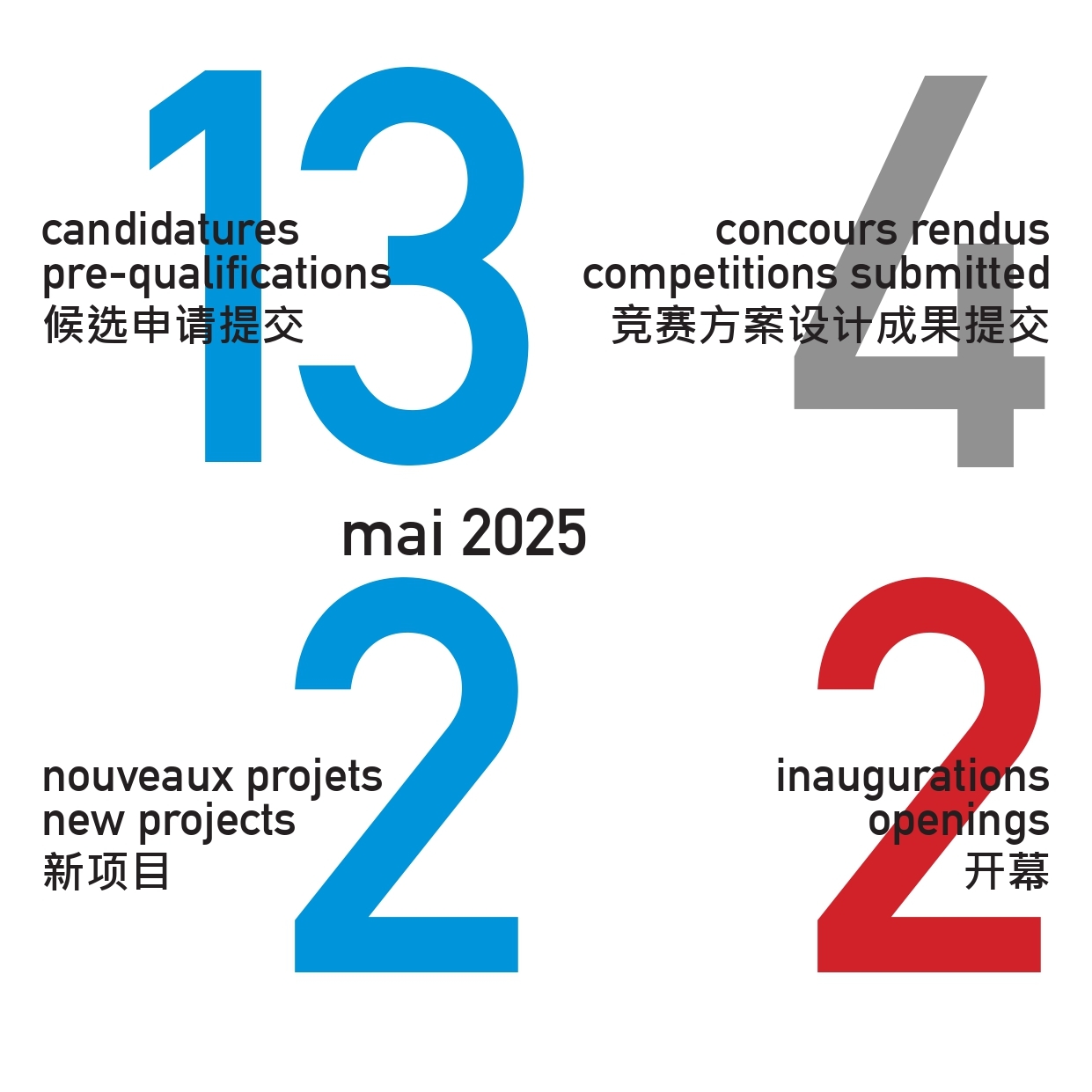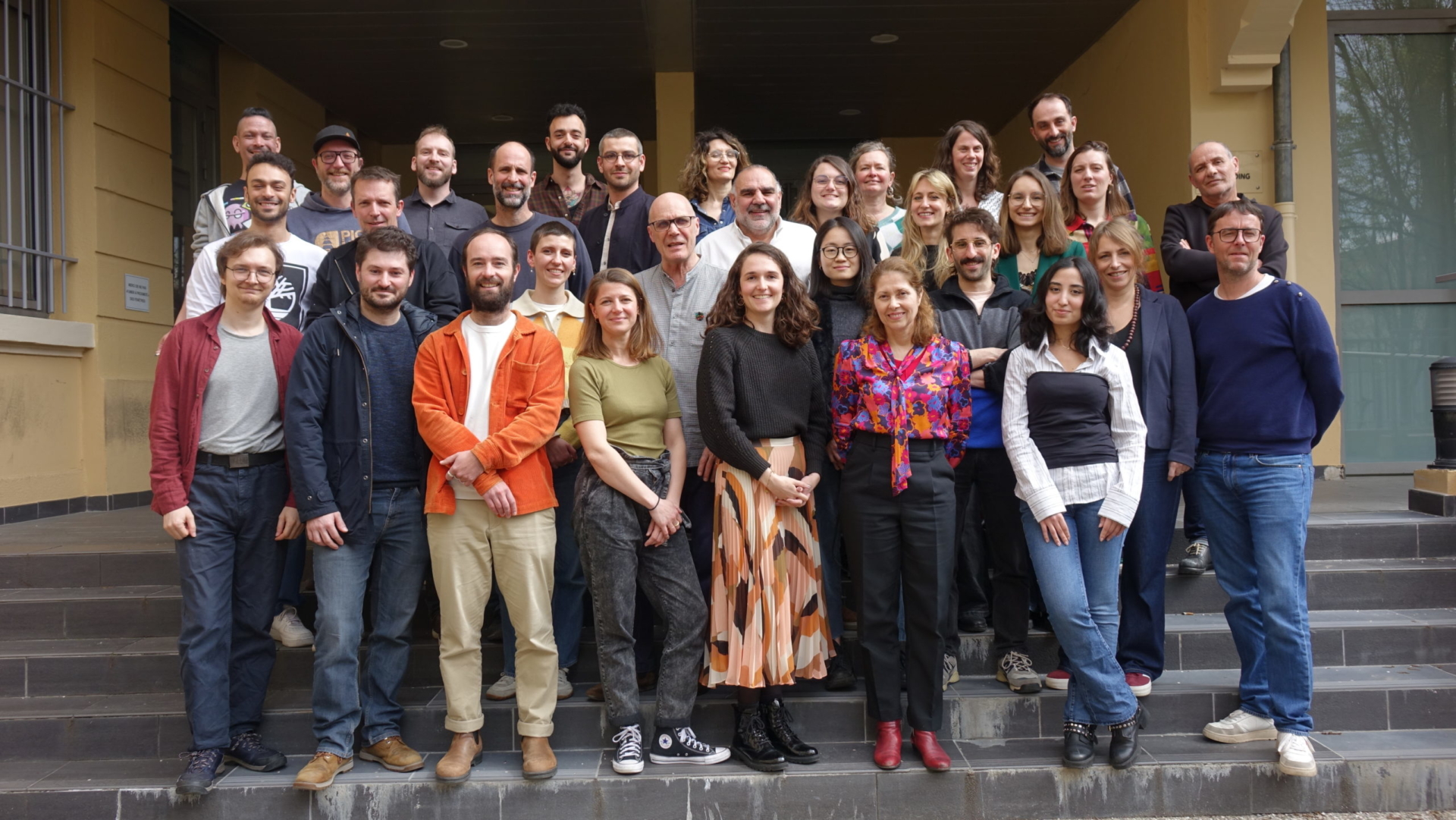Museography according to dUCKS scéno
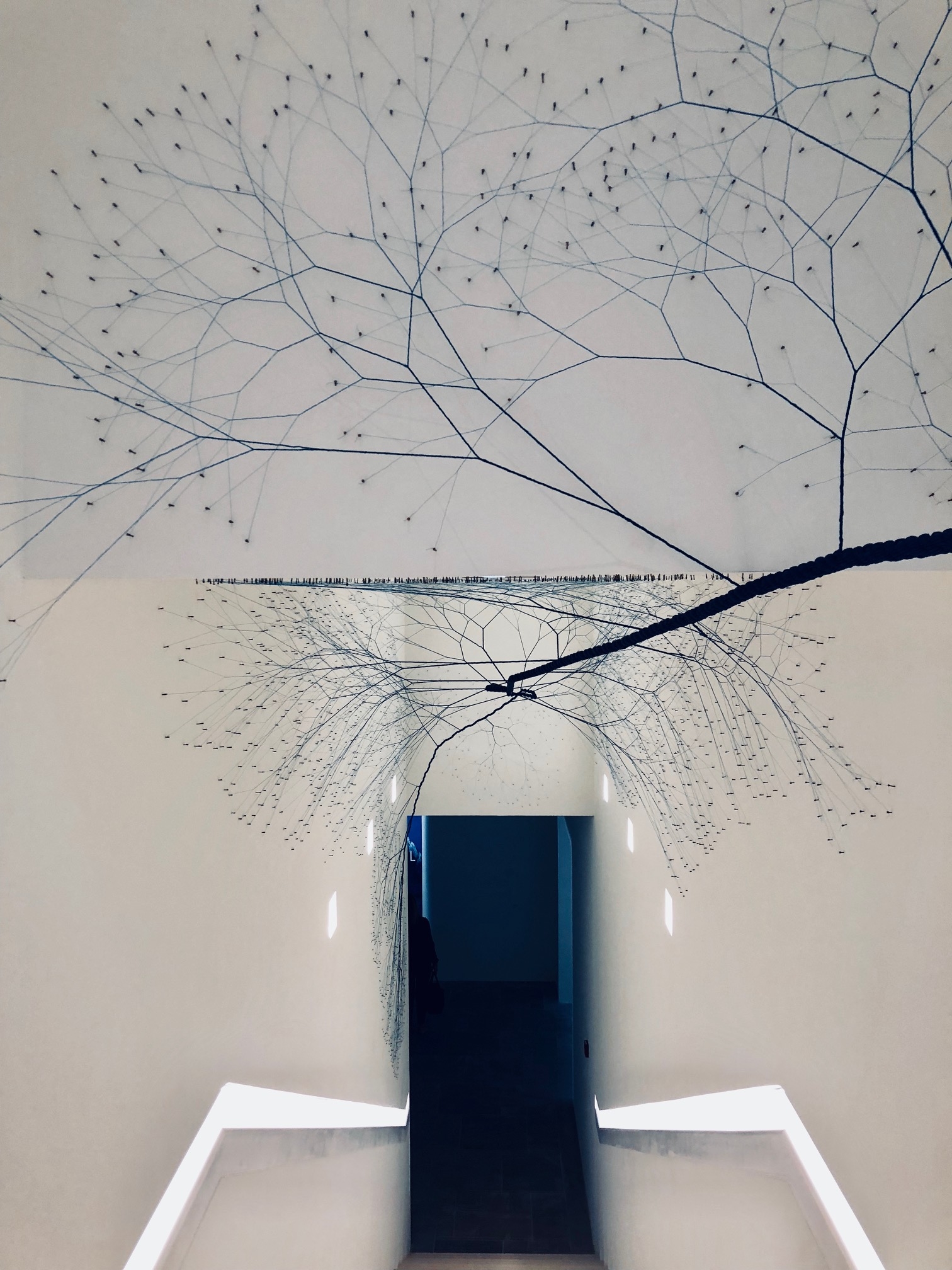
Eva Chastagnol is Project Director at dUCKS scéno. Architect by training and scenographer by trade, she joined dUCKS in 2004. Over the years, she has specialised in museography projects, particularly exhibitions, which are of particular interest to her. Through this exchange, she talks about the importance of telling stories through staging, creating memorable and enriching experiences for visitors, and working closely with a multidisciplinary team to bring each project to life.
The role of dUCKS scéno in the field of museography is to stage the museographic narrative in space, in other words to design exhibitions and, more broadly, to design museums and exhibition venues. Eva explains: “We are part of the design team, working with architects to extend or create museums and exhibition spaces. We focus mainly on permanent exhibitions. We take charge of designing the scenographic itinerary, coordinating with the various players involved, and ensuring that the collections are showcased to best effect.”
There are many different parties involved: graphic designers, audiovisual producers, experts in preventive conservation, lighting designers, museographers, curators, etc. Scenography is at the crossroads of disciplines: design, architecture, graphic design and engineering, and enables us to reconcile stories with spatial and technical potential.
Collaboration: a key skill at dUCKS scéno
dUCKS scéno’s approach to scenography is characterised by its ability to listen, its technical skills and its openness to teamwork. Indeed, within this Scop (Cooperative and Participative Company), each member is a partner. The way it works and is organised is based on dialogue. “It’s part of our DNA,” confirms Eva.
In addition to this capacity for cooperation, she has significant experience in the field of cultural projects since the agency was founded over 30 years ago, and therefore an excellent knowledge of project management and design processes. One of the major differences today lies in the complementarity of the in-house teams: architects, scenographers, designers, but also engineers, technicians, etc. “This variety of skills within the same team is quite rare in scenography agencies,” adds Eva.

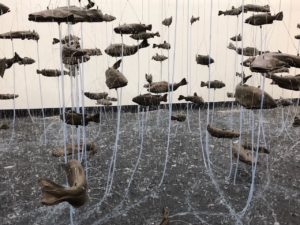

The Carmignac Foundation: a meeting between architecture, scenography and Art
A concrete example of a museum project where dUCKS scéno has been able to contribute its expertise is the Villa Carmignac on the island of Porquerolles. Built on an island in the heart of a protected national park, Eva describes it as “a project of fusion and encounter between art, nature, water, light and architecture”. The museum was built under the existing villa, and offers an annual exhibition, which required flexibility in the scenography, lighting and visitor itinerary. The agency, along with its partners (Les Éclaireurs and Cartel Collection), worked on the lighting ambience and the enhancement of the permanent works of art, with the water ceiling at the heart of the museum itinerary, which has now become a defining feature of the museum. “When visitors stand beneath it, they can see the sky. The luminosity changes with the sun, creating a beautiful play of light and reflections of water on the walls,” explains Eva, “In subsequent years, as the exhibitions have progressed, this pool has always remained emblematic, as the heart of the museum’s scenography. In order to meet the lighting constraints associated with certain exhibitions, but also to meet hanging requirements, the agency set up a system of mobile picture rails to modulate the space according to the exhibitions. Today, these rails continue to articulate the spaces according to the themes, without partitioning the volumes. Finally, dUCKS scéno and Les Éclaireurs also worked on museum lighting, in addition to the traditional systems. Illuminated ceilings at the ends of the galleries reproduce natural lighting, echoing the central water ceiling.

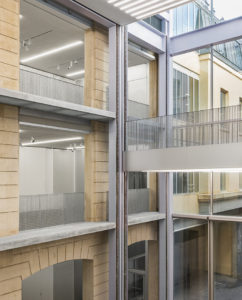
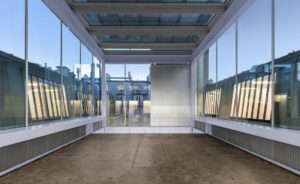
Lafayette Anticipations: flexibility at the service of Art
Lafayette Anticipations, in collaboration with the OMA agency, is a perfect illustration of the central thinking behind scenography: the creation of flexible, functional and meaningful spaces. This contemporary art centre stands out for its ability to adapt its space to different configurations, facilitated by four mobile floors. This Parisian project, described by journalist and author Jean Philippe Hugron as a “curatorial machine”, succeeds in fusing scenography, art, architecture and technology, putting the space at the service of the curatorial programme. For Eva, this project answers the question of how to design a space that combines identity and innovation.
The importance of telling a story
At dUCKS scéno, our teams adapt to the specific needs and constraints of different types of museum, whether history, art or science. Each project is designed according to the programme and the location, integrating the specific features of each field. The technical aspects are crucial, of course, but above all the teams ensure that the museum projects meet the needs of the exhibitions. “We are able to create immersive and interactive spaces, while ensuring that the meaning and pleasure of the visit remain at the heart of our designs. We emphasise innovation where necessary, but our priority is to find the most appropriate approach for each project, in line with our philosophy of focusing on the visitor experience.” The main idea is to tell a story and bring pleasure to the visitor’s journey.
The scenographic approach proposed by dUCKS scéno fully integrates collaboration, innovation and a deep commitment to museum storytelling. Through their work, they demonstrate that the art of scenography lies not only in creating spaces that meet aesthetic and functional requirements, but also in the ability to provoke emotions and enrich visitors’ cultural experience.


